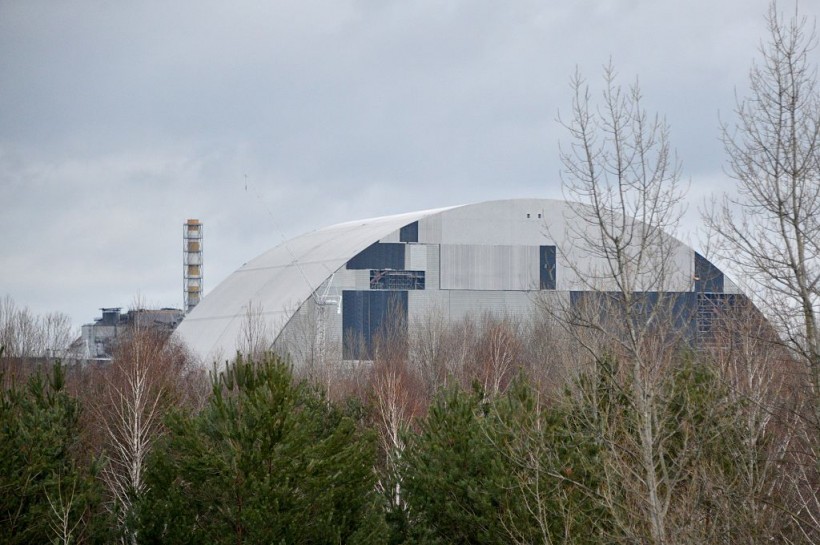The worst nuclear disaster in the world took place in the Chernobyl nuclear power plant on April 26, 1986.
Behind the Chernobyl Nuclear Power Plant Explosion
The blast occured when routine maintenance checks were being conducted. The operators wanted to examine the electrical systems when they shut down crucial control systems. This went against safety measures. Because of this dangerous move, the reactor reached dangerously low-power and unstable levels.
The day before, Reactor 4 was turned off for maintenance checks on safety systems in times of power outage.
Though there are still disagreements regarding what caused the Chernobyl Accident to take off, it is widely believed that the first was due to excess steam and the second was due to hydrogen. Excess steam may have been created by cooling water reduction. This, in turn, made the steam build up inside the cooling pipes, leading to a huge power surge that operators were incapable of shutting down.
The blast took place at 1:23 a.m. on April 26. It led to the destruction of reactor 4 and fostered a massive fire. Debris of fuel and reactor components with radioactive properties showered over the entire area as fires spread from where the reactor 4 building was housed. The wind then blew away toxic dust and fumes, bringing along noble gas inventory and fission product gasses within it.
ALSO READ: 4 Most Radioactive Places In The World: Where Are They Located?
Impacts of the Chernobyl Accident
Two plant workers directly died due to the blasts. In the succeeding days, as emergency responders tried to contain the leaks and fires, the death count went up as workers passed away due to acute radiation sickness.
The initial fire got stifled by roughly 5 a.m. However, the resulting fire that was fueled by graphite took 250 firefighters and 10 days to put down. Despite this, toxic emissions in the atmosphere went on for 10 more days.
The failed nuclear reactor usually released radiation from fission products cesium-134, cesium-137, and iodine. While iodine-131 has quite a short half-life amounting to eight days, it rapidly gets injected through air and has a tendency to localize in the thyroid glands. On the other hand, isotopes of cesium have longer half-lives and remain a concern years after they are released in the environment.
During the first four months post-accident, 28 plant workers passed away. This includes some heroic workers who were aware of their deadly radiation exposure and yet went on to secure the area against further leaks of radiation.
Within the Chernobyl accident's three months, 31 people in total died due to radiation exposure and other direct disaster effects.
Shortly after the leaks took place, woodland trees surrounding the power plant also died due to high radiation levels. Because of this, the region became known as the "Red Forest." The dead trees ended up having a bright ginger-looking hue and were, later on, bulldozed and buried.
The reactor was also sealed hastily in sarcophagus concrete meant to hold the radiation that remained inside it. However, there had been questions regarding the current and future effectiveness of this sarcophagus. With this, the construction of an enclosure known as the New Safe Confinement Structure started in late 2006. The structure spanned 257 meters in width, 108 meters in height, and 162 meters in length. It was finished in 2017.
Check out more news and information on Explosions in Science Times.















